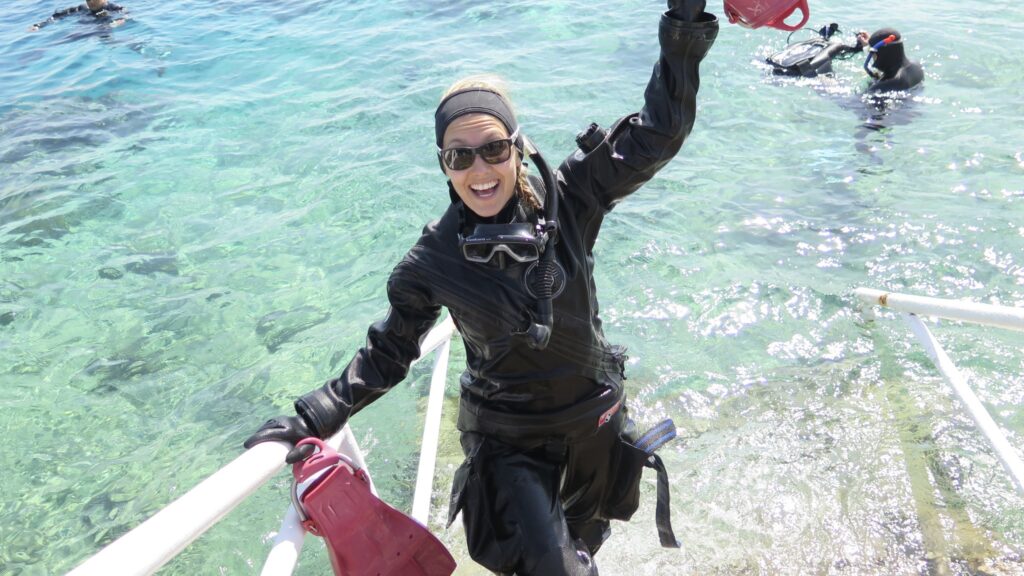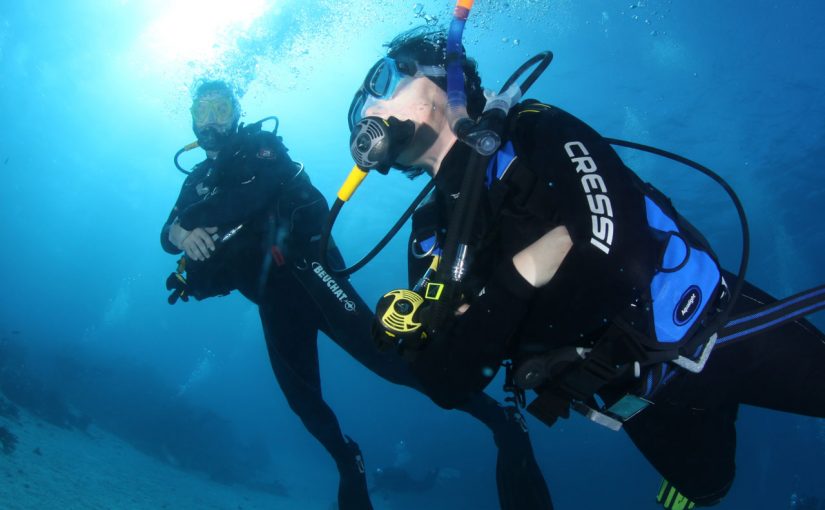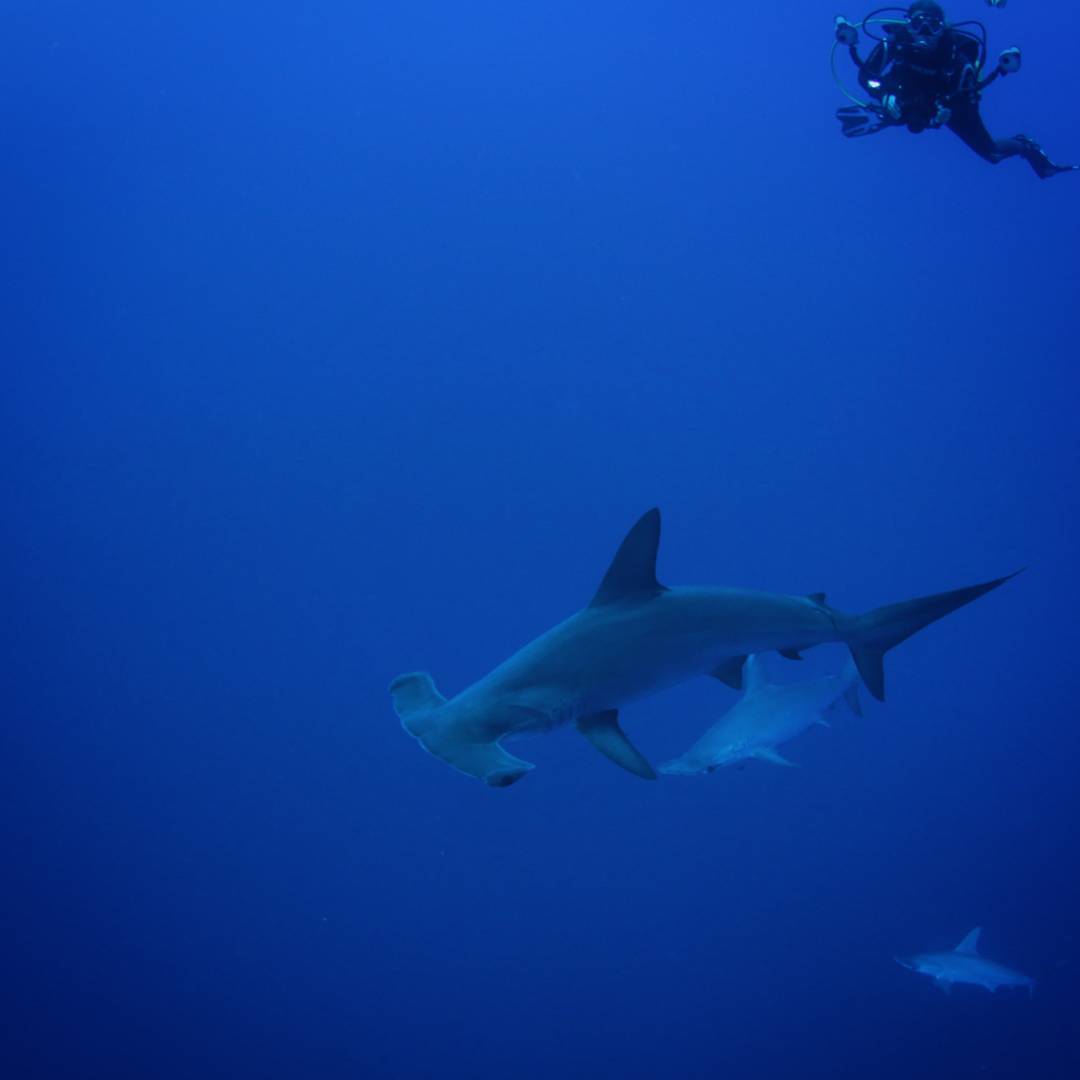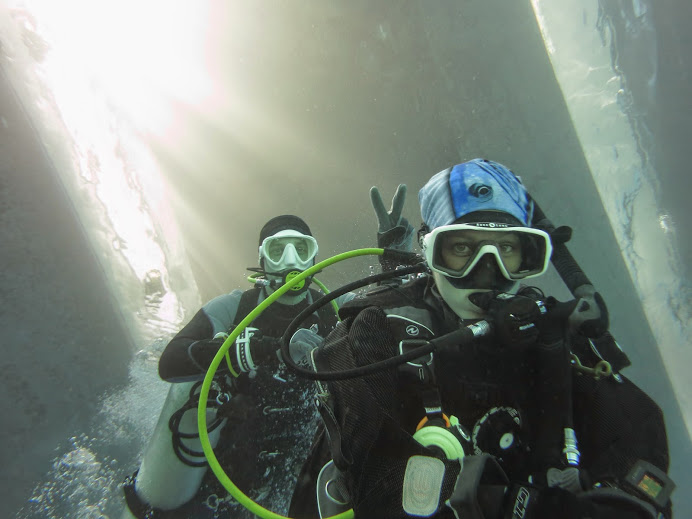
A drysuit is the type of suit that divers use for diving in cold water, and not only that: I dive in a dry suit in winter in the Red Sea, where the lowest temperature is 19-20 degrees. Comfort is very important to me, and during winter time I want to be fully concentrated on the divers I’m diving with, not counting the minutes until I get out of the water to warm up.
The idea behind a drysuit is that you stay completely dry and the insulating layer between you and the suit is air, not water like in a wetsuit.
Sounds promising, but there are some things we have to consider.
5 Disadvantages of using a drysuit
So, let me tell you the 5 disadvantages of using a drysuit.
I think it’s worth mentioning that of course, you can count more disadvantages, in general, as well as advantages. So let us gradually uncover this topic, which will require more than a single article. First things first.
1 A dry suit doesn’t always mean you’re dry 😂.
Sometimes water can seep through the neck seal or wrist seals, because of the increased mobility in the water or because of damages of the suit, through the zipper if it’s not closed properly; or through the valves because of poor maintenance, improper rinsing, etc.
2 You are less mobile in the water, a drysuit limits your ability to move compared to wetsuit mobility.
3 Most of the time you will need more weight compared to a wetsuit, often because of the thickness of the undergarments that you use.
4 The neck wrist seals need regular replacement, and the zipper needs regular maintenance. (more on this in another article). If this is not done in time, you may find yourself in a situation where you will have to cancel the dive, because the drysuit will not function as it should.
A torn seals on a drysuit or a wetsuit is not the same thing.
5 You cannot rent or dive with a drysuit without prior training.

Not all disadvantages are exactly disadvantages, but the nuances: price, necessary manipulation with the suit underwater, and more.
You may have thought that diving with a drysuit was a bad idea, but it really isn’t, we’ll definitely talk about the benefits in another article.
Share your experience, do you dive with a dry suit or a wet suit?
What disadvantages have you experienced or would you add to the list?


